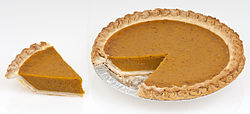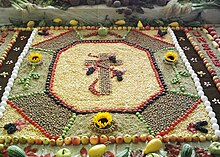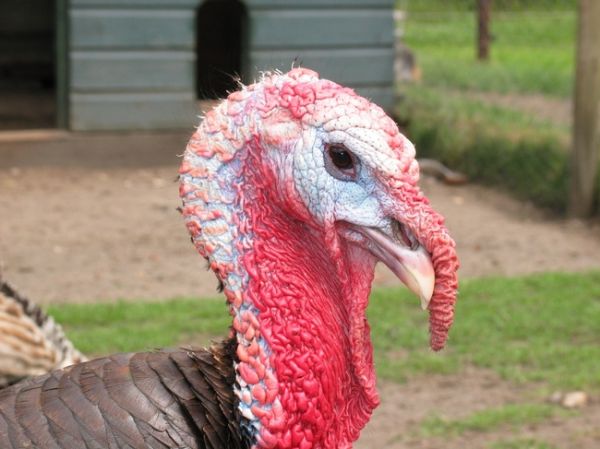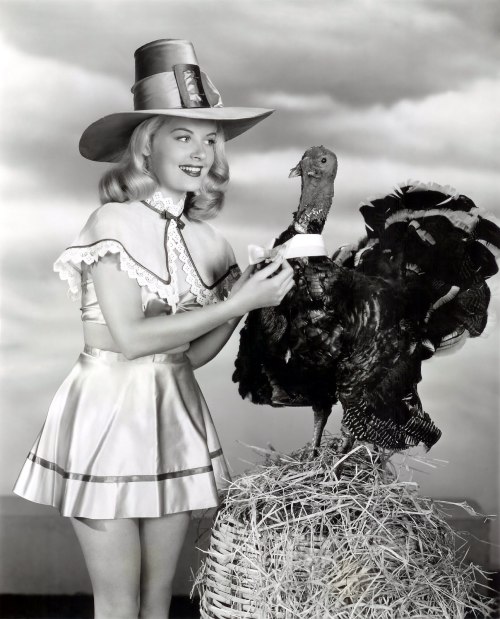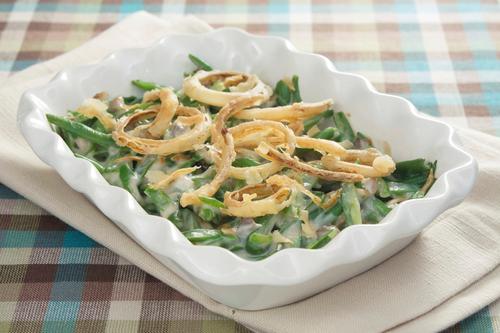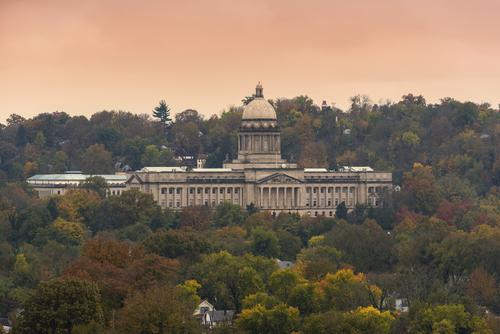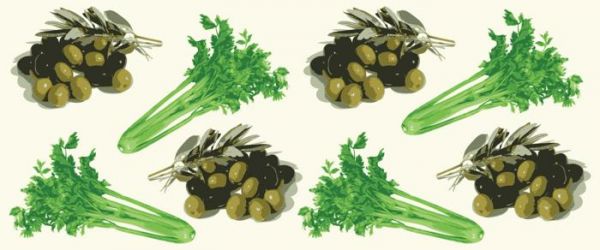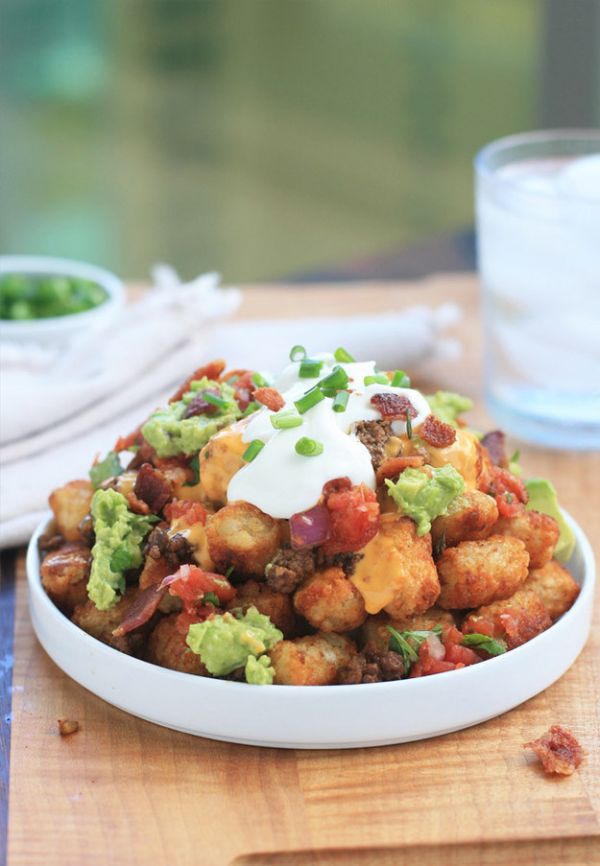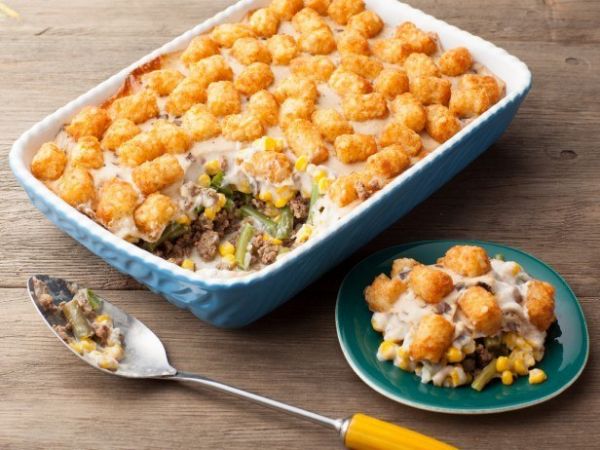by Judy Solomon
The excitement about
Thanksgiving was really building that year. Grandma arrived early with a homemade
pecan pie
in one hand and a pound cake in the other. Dad was poking around in a
cabinet, searching for his electric carving knife. Mama was in the
kitchen tapping the pots with a spoon and humming Turkey in the Straw.
Little
Lonnie bounced up and down
on his diapered bottom, keeping time to the music. Dad smelled the air
and sighed. My big brother, Slim, who was anything but slim, sneaked off
to his room with a slice of the pecan pie. Even Fido was wagging his tail.
Mama stretched a new, white tablecloth over the dining room
table. She put cardboard Pilgrims and colorful fall leaves from
the craft
store in the center, and she set the table with real china and real
silverware. Then she looked up, smiling. "Help me carry in the food,"
she said.
Slim, who had come out of his room by this time, went racing
into the kitchen. "I'll get it! I'll get it!" he screamed. The rest of
us piled in behind him, with everyone grabbing a pan or a
dish. Into the dining room came the dressing, cranberry sauce,
mashed potatoes and gravy, peas, and corn, Grandma's pound cake and the pecan pie, minus a slice. We placed the pans and
dishes
on the sideboard and looked up to watch Dad carry in the biggest,
brownest, best-smelling turkey we had ever seen with Mama's hand under
the platter, just in case. Together they lowered the turkey to its place
at the head of the table.
It was the tradition in our family for each of us to think of
something for which we were most thankful, and we knew Mama wouldn't let
us eat until we had done it. We all ran to the table yelling something
like "I'm thankful for Grandma" or "I'm thankful for school being out"
or "I'm thankful for pecan pie!" All eyes were on that enormous turkey as we took our seats at the table.
Yes, everything was perfect except for one thing. Three
hundred sixty-four days of the year Mama served the dinner, but not on Thanksgiving.
That was the one day of the year when Dad sat at the head of the table
and carved the turkey. It was an honor that he had eagerly anticipated
for days in advance, as he discussed the relative merits of white meat
versus dark meat, thick pieces versus thin pieces, with gravy and
cranberry sauce, or without. Now Dad was not a well-coordinated man. He
frequently tripped over his own two feet, and he could be counted on to
drop just about anything. He was said to have two left thumbs, or as
Mama sometimes called him, he was a clumsy ox.
That's why we all eased back from the table just a bit when
Dad plugged in the electric carving knife, and we all eased back just a
bit more when he tested it in the air. Dad went to work on the white
meat first with surprisingly few problems. Slice after slice landed
neatly on the platter. Dad leaned forward and grabbed the end of the
left turkey leg and cut it off at the
thigh joint, placing it whole on the platter beside the white meat. His oily fingers glistened in the light of the
chandelier, and Mama waved her napkin. "I'm all right, Mama," he said. "I'm all right."
But as Dad leaned forward to pull back the right turkey leg, a
button from his cardigan sweater caught under the edge of the platter.
He pulled back the turkey leg and lowered the electric carving knife to
the thigh joint. The turkey leg slipped from his slippery fingers and
popped back to its original position, splattering Dad's sweater with
gravy. As Dad jumped backward to avoid the gravy, the button from his
sweater lifted the edge of the platter. He dropped the carving knife and
grabbed the platter. Slim and I jumped from the table in terror as the
carving knife fell to the floor and began chewing the table leg. Dad
looked down at the fallen carving knife and lost his
balance.
As he started to fall, he tossed the turkey and platter in the air. He
regained his footing just in time to grab the platter and slip it under
the falling turkey. Mama quickly unplugged the carving knife and placed
it on the table.
"A mess!" screamed Mama. "What a mess!" She ran around the table with a napkin, mad as a wet hen, wiping drips of
turkey stock
from her new, white tablecloth. Finally Mama settled down, and we all
pulled our chairs back up to the table. Dad looked at Mama. "At least I
saved the turkey," he said.
"Tucky leg!" yelled Lonnie, bouncing and kicking in his seat. "Tucky leg! Tucky leg!"
All of us looked at the turkey. Lonnie was right!
A turkey
leg was missing. We looked around the room, under the table, at each
other. We looked at Fido, who was standing at the toddler gate licking
his lips. Little Lonnie began to cry softly for he was the one who had expressed that he was most thankful for turkey legs.
Just then a brown blob of turkey juice landed on a Pilgrim and
dripped down its costume. Everyone looked upward. There, balanced on
the top of the chandelier, was the missing turkey leg.
"Clumsy ox," muttered Mama under her breath







